In Jerusalem, close to the memorial Yad Vashem, there is a street named the ‘Avenue of the Righteous’. It is bordered by 600 trees that were planted to honour the memory of non-Jews who risked their own lives to save Jews from the Nazis.
One of the trees bears the name of Raoul Wallenberg.
Never heard of him? I guess most have not. Pity, because this man was a real-life hero.
Raoul Wallenberg was a Swedish businessman and architect turned diplomat, who saved the lives of countless thousands of Hungarian Jews. We may even call him the Swedish Schindler.
During World War Two, and prior to Wallenberg arriving in Budapest, the Nazis had already transported almost half a million Hungarian Jews to Auschwitz where many were murdered on arrival.
Wallenberg arrived in Budapest in July 1944 as Sweden’s special envoy. He had no previous diplomatic experience, but he more than made up for that with charisma and passion.
Dr Paul Levine, author of Raoul Wallenberg in Budapest: Myth, History & Holocaust, said of the situation: “They organised the deportations first from the countryside. The decision was made to empty Budapest last, so there were still Jews left there for Wallenberg, the other Swedes and the other neutral diplomats to do something.”
How did he do it?
So how did Wallenberg do it? How did he manage to get thousands of Jews out of occupied Hungary?
The Swedes were already issuing travel documents to Hungarian Jews, but the papers had no real authority in law. So in stepped Wallenberg – he redesigned the papers, adding the Swedish flag, and official government stamps. He basically turned the documents into passports.
He also somehow managed to negotiate with the Hungarian authorities to be allowed to issue 5,000 such ‘passports’, but it’s thought he issued at least three times that number.
Wallenberg even rented more than 30 buildings all over Budapest, where he hung Swedish flags from the front doors, declaring them Swedish diplomatic missions. It was a gamble, but it worked, and the many Jews who moved into such buildings were protected from the authorities under the guise of diplomatic immunity. Genius.
Stories of bravery
There are numerous stories of bravery about Wallenberg, but the one that stays with me is the following. According to one of his drivers, Wallenberg intercepted a train full of Jews about to leave Budapest. He climbed up on to the roof of the train, carrying bundles of passports. He then handed them out to the Jews on board who had their hands desperately stretched out the open doors.
Nazi and Hungarian guards apparently fired warning shots at Wallenberg to try and stop him. But he kept handing out the passports, then told everyone to get off the train, for they now had official Swedish documents and were therefore granted free passage.
The guards had no option but to let them do so.
That train of course was headed straight for Auschwitz where these people would have faced certain death. What a rescue, and in the nick of time.
The River Danube that runs through Budapest was used by the Nazis countless times for disposing of Jews. They would line them up on the river bank, shoot them, and topple their bodies into the water below.
On one occasion, Wallenberg was alerted that German soldiers had just marched a group of Jews down to the Danube. They were about to be shot and pushed into the river. Wallenberg ran down to the Danube and confronted the soldiers. He told them that the people they were about to shoot were Swedish citizens. He made the terrified people show the soldiers their new papers which he had recently given them.
Remarkably, the soldiers let them go.
The fact that Sweden was neutral and recognised as such by the Germans and Hungarians no doubt played a part, but really it was all down to Wallenberg and his passports. This man must have had not only charisma and passion, but bottle, a lot of bottle.
Today there’s a very poignant monument that stands on the bank of the Danube to remember those who weren’t so lucky. It’s simply a row of bronze shoes, empty shoes facing the river.
When I lived in Budapest, I walked past this often. It is extremely moving indeed.
After the Nazis were defeated, we then had the liberation of Europe. In western countries such as France, democracy returned. But in eastern Europe, they ended up with something altogether different. They were ‘liberated by the Soviets’.
A laughable, tragic phrase.
Sure, they helped kick out the despicable Nazi regime all over eastern Europe, but they then simply replaced it with their own dictatorship, for almost half a century until communism crumbled.
Liberation? In 1945, Wallenberg who had heroically saved countless innocents, should have been hailed a hero by the so-called liberating Soviets. He wasn’t though, he was arrested. He was never seen in public again.
But what happened to Wallenberg?
What happened to him? We will never know the truth, but we do know he ended up in a KGB prison in Moscow.
In 1957, the Soviets released a report saying that Wallenberg had died of a heart attack on July 17 1947 whilst inside Moscow’s infamous Lubyanka prison.
But since then, there have been witnesses who say Wallenberg did not die in 1947 and was seen in jail many years after.
In the 1990s, released KGB files reveal that Wallenberg could not have died of a heart attack on July 17 1947, as he was interviewed in jail on July 23.
It’s thought by many, and by me, that the Soviets held him for some years then simply executed him.
Raoul Wallenberg should never have been in jail the first place.
The Soviets have always been suspicious of people doing humanitarian aid, they are fearful; fearful the individual had ulterior motives or was possibly a spy. Fear and paranoia was rife in USSR. As it is in today’s Russia.
I guess we will never know what really happened to Raoul Wallenberg. His family spent decades trying to find out, but his fate remains a mystery.
Talking about historic events
Britain is far from perfect, history-wise I mean. The thing is, we know our history, I know our history. The good, the bad and the ugly. And when it’s bad and ugly, I call it out.
The same can be said for Germany. I would wager there is not a sane German alive who does not know the dark German history of World War Two and Hitler. Why? Because they are taught it. They accept it, feel terrible about it, and they learn from it.
The problem with the USSR, and more than ever, today’s Russia, is that many of its people do not know their own history. They have only been fed a diet of glorious victories.
No bad stuff is allowed to be talked about, in fact it’s now a crime to criticise the Russian state, the army and anything to do with World War Two.
Will the Russian state ever be held to account for what happened to Raoul Wallenberg? By that I mean, the taking of and then the death of an official diplomat while in custody for no crime whatsoever?
Sadly, no, never.
Next week – 500 not out…
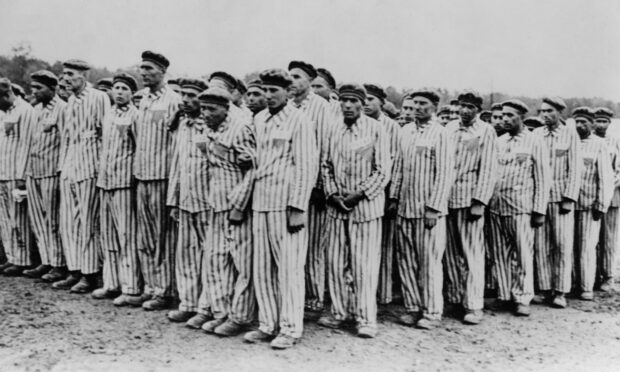
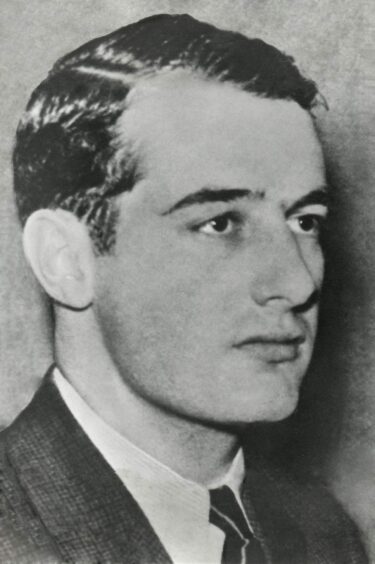
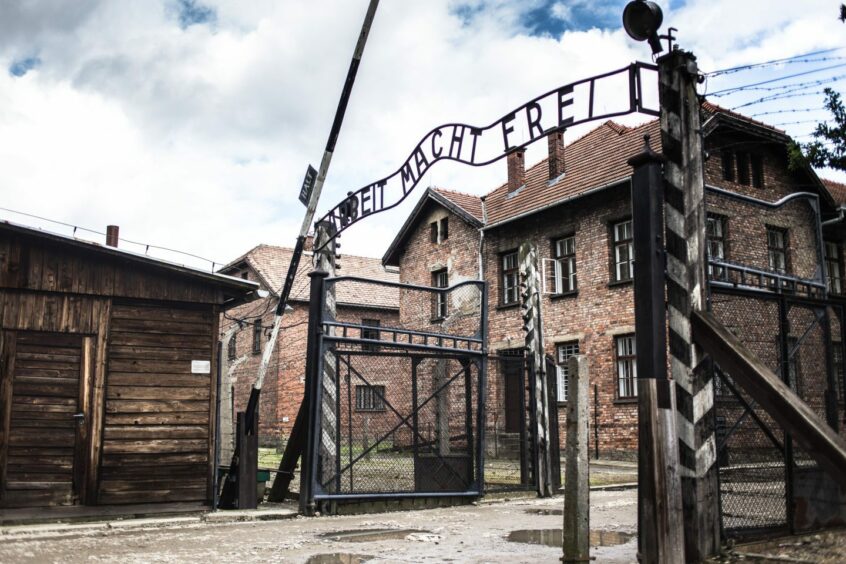
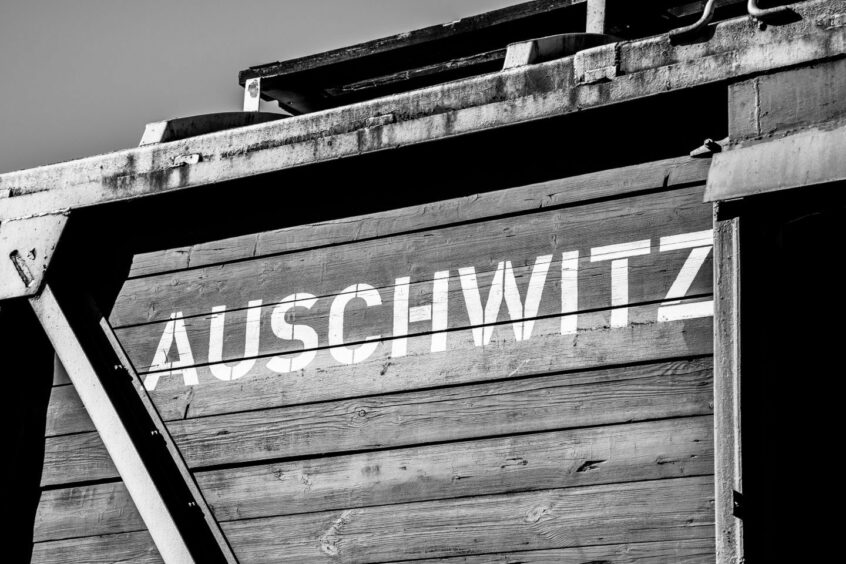
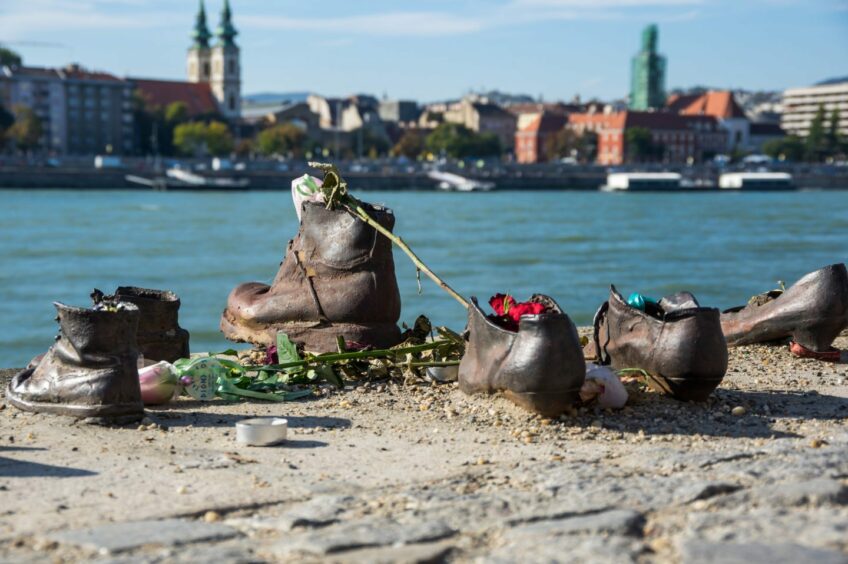
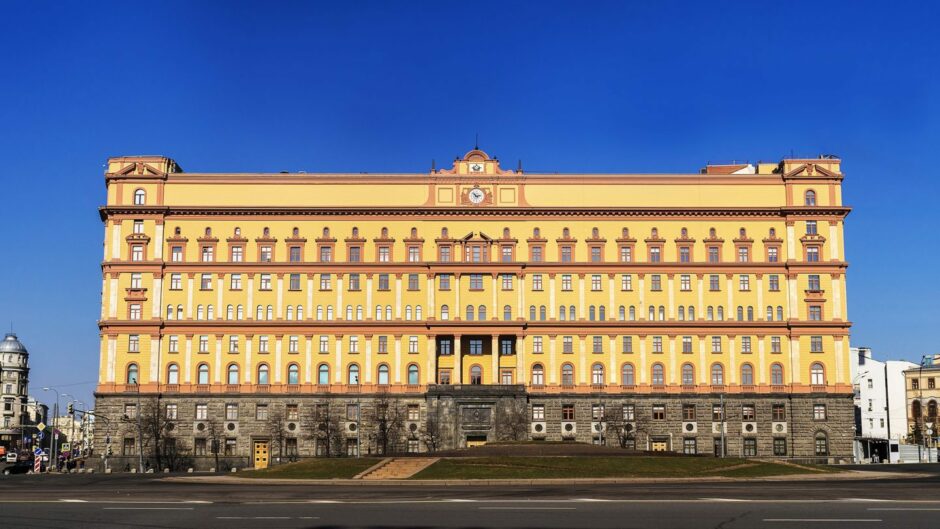
Conversation